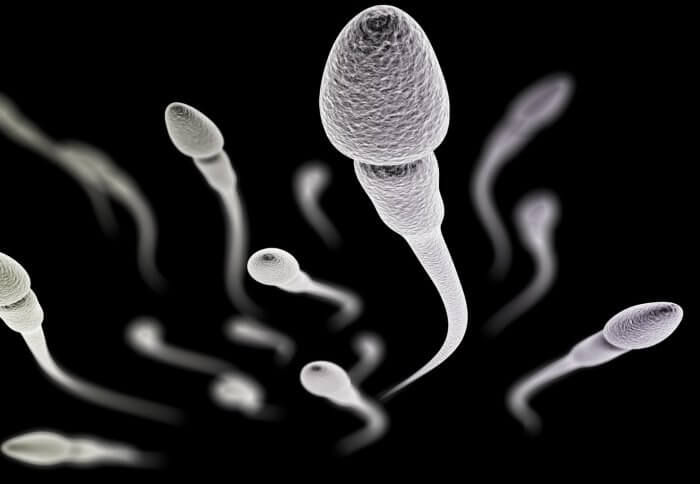The maths of collective behaviour has provided a new technique for selecting the best semen for artificial insemination in livestock.
In the world of artificial insemination, it is well known that the most active semen samples indicate strongly swimming sperm, and the most fertile males. The activity of the semen is currently ranked on a scale between one and five, but this is based on the subjective views of observers down a microscope.
Now, in an effort to quantify the ranking, researchers from Imperial College London, the University of Toulouse and the French National Institute for Agricultural Research, have developed a method that measures the speed of rotating semen.
The technique, and results of the study of semen motion, are published this month in the Journal of the Royal Society Interface.
Semen samples are usually ranked on the mass motility (MM) scale, based on how turbulent the churning of semen is in a drop on a microscope slide. The motion of sperm in the semen drop appears random, and observers assign the activity of this motion a number from one (lowest) to five (highest).
Video caption: movement of semen in a drop
The team studied the motion of ram’s semen to see if they could determine patterns that could be quickly mapped by computer, providing a more objective ranking. What they found was that if the semen was confined to a ring of plastic on the microscope slide, at a certain sperm concentration it would start to collectively rotate in one direction.
The spinning is faster according to the MM score, providing a simple measure that can be automatically assessed by computer.
Video caption: movement of semen at high concentration around a ring.
It was not known previously that highly concentrated semen would behave this way, but there were clues from the animal kingdom. Professor Pierre Degond, from the Department of Mathematics at Imperial, studies the maths of mobs and collective behaviour.
He said: “Experiments with locusts have shown that if you have just a few locusts, they will jump in random directions. But confine them and add enough locusts, then they will start to move coherently in the same direction, just like the sperm in our experiment.”
Below a certain concentration threshold, the semen will behave in a more random way again, even when confined.
Video caption: movement of semen at low concentration in a ring.
Ram’s semen is 50-100 times more concentrated than human semen, but Professor Degond thinks the same pattern would be observed if human semen were concentrated first. However, his next work is in how sperm swim once they are inside the female.
He said: “Fertility is a factor not just of how well the sperm swim, but how they interact with the female environment. They have to swim through a mucus rich in proteins that form a sort of mesh maze for them, and we want to study how they do this.”

